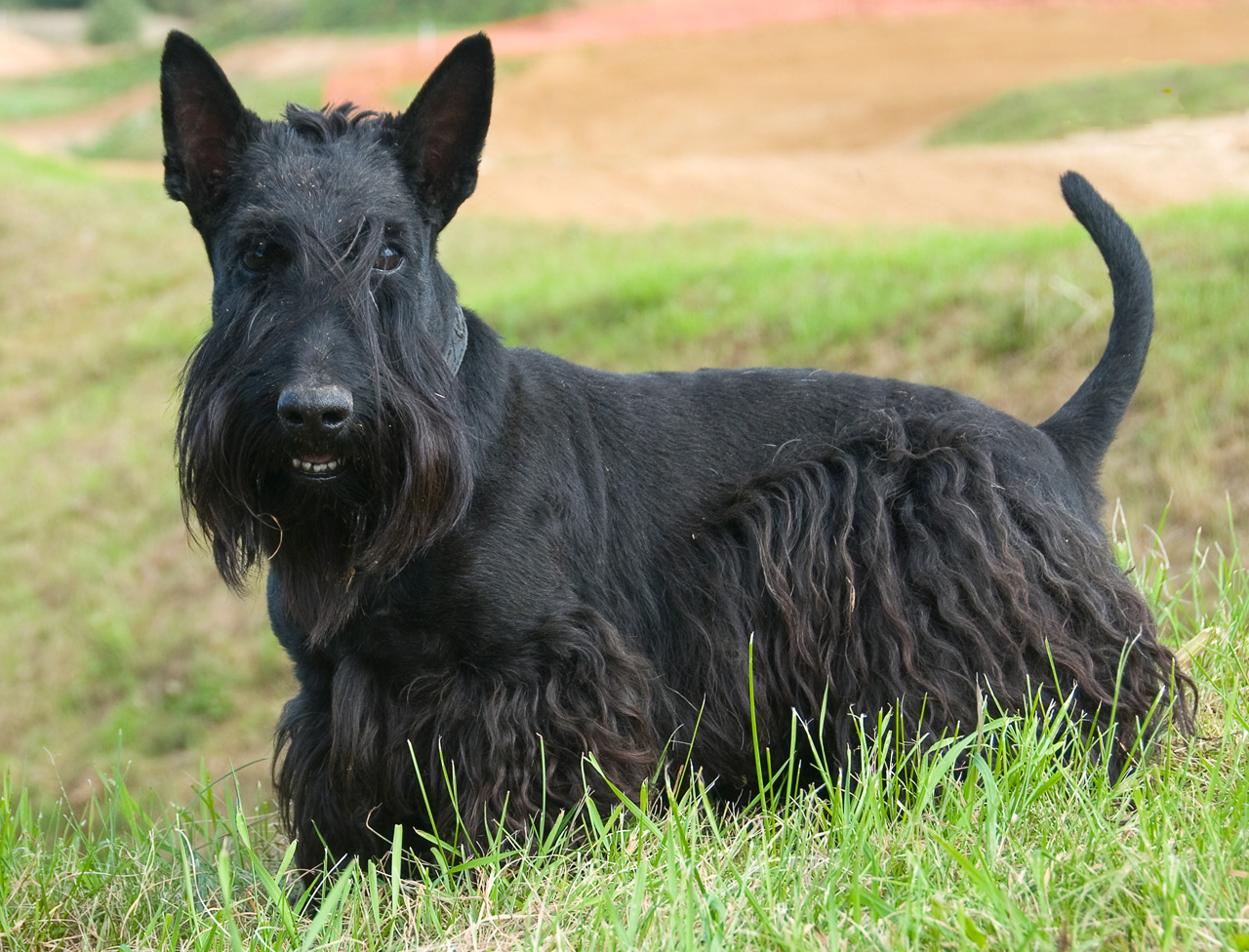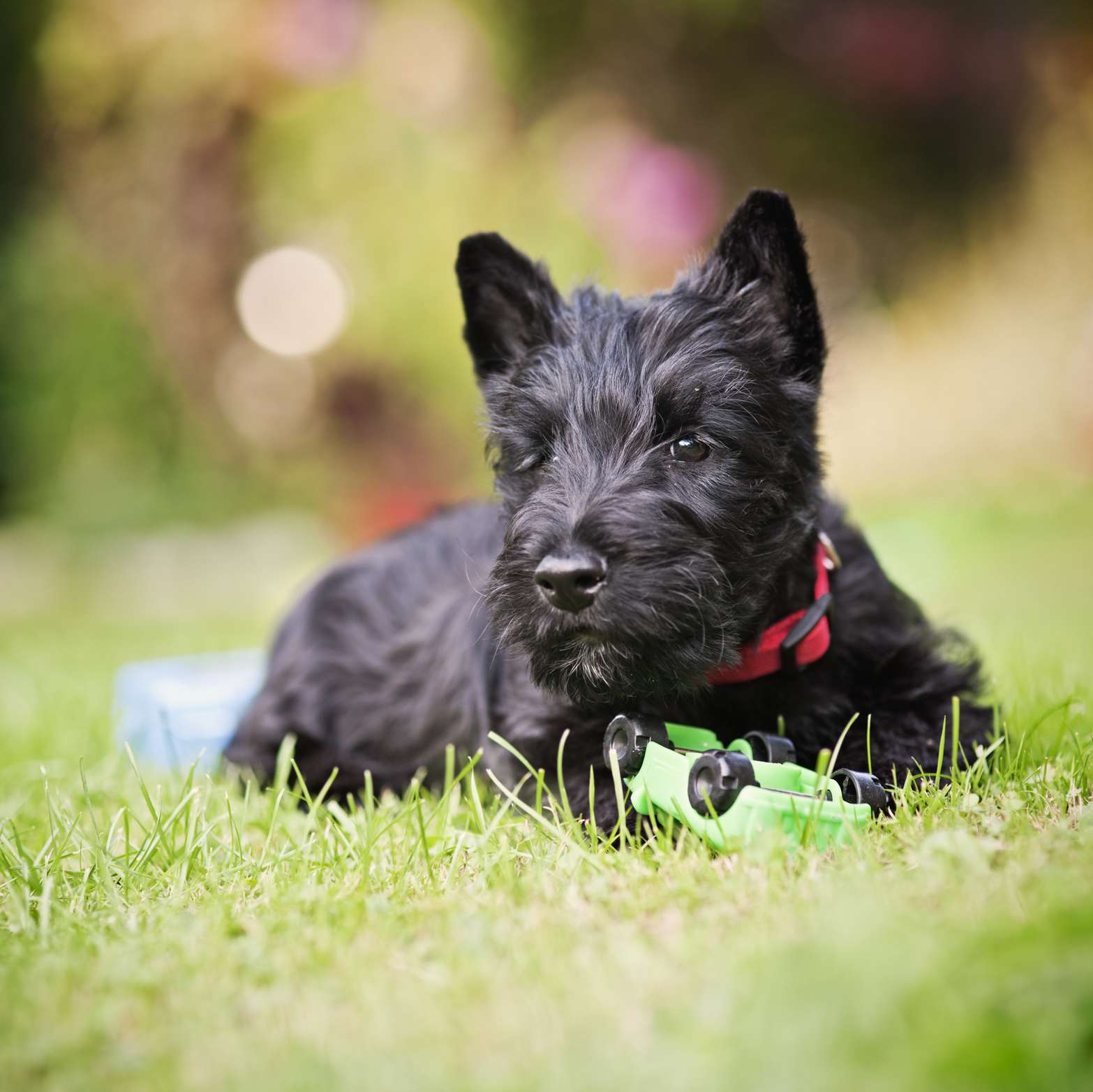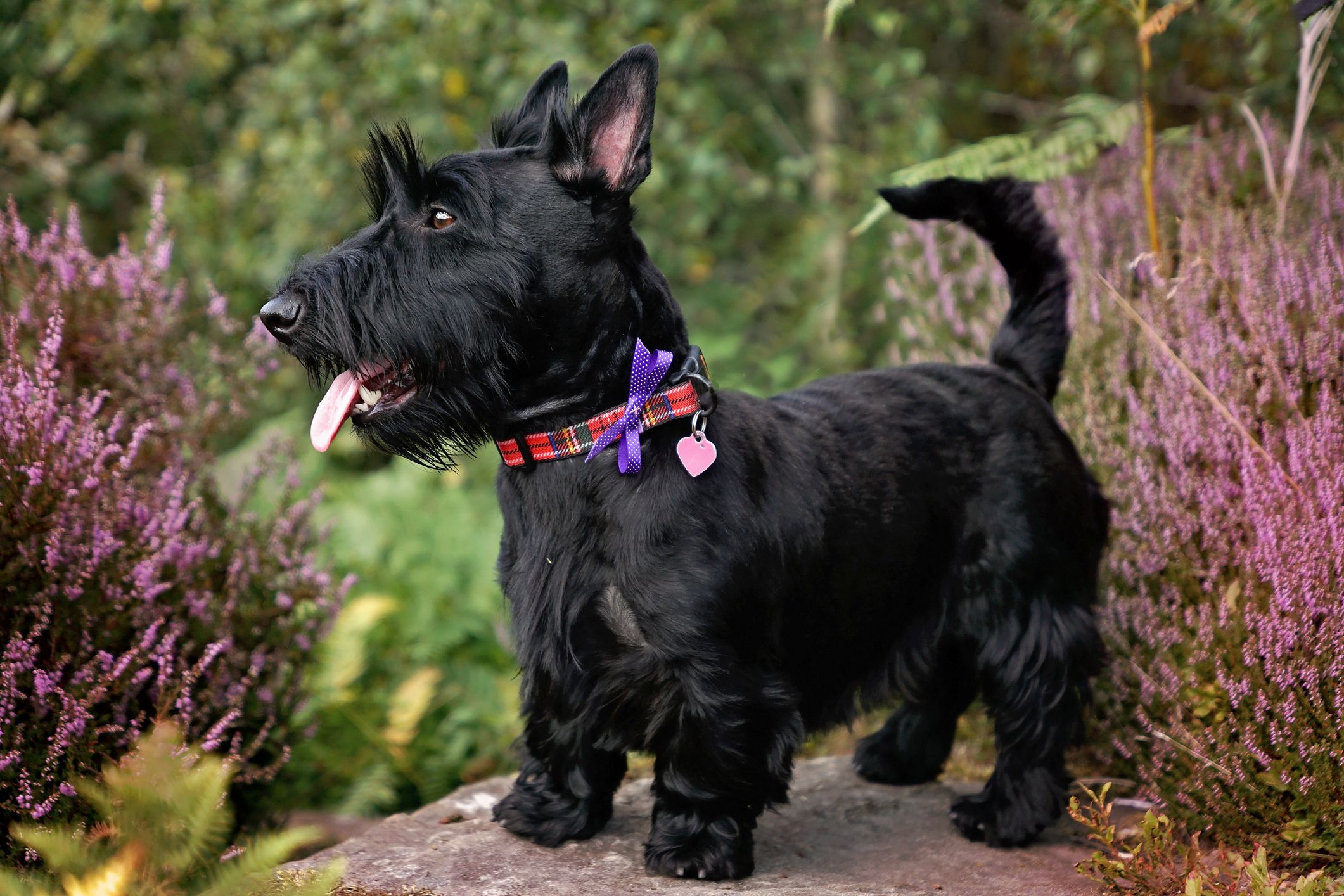
The Scottish Terrier, affectionately known as the "Scottie," traces its roots back to 18th-century Scotland. Originally bred to hunt vermin on farms and estates, Scotties were prized for their tenacity, courage, and independence. Their compact, muscular bodies allowed them to navigate rough terrain and chase prey into dens.
The breed gained fame beyond Scotland thanks to its iconic appearance and notable owners, including Franklin D. Roosevelt and his beloved Scottie, Fala. Today, the Scottie is recognized worldwide for its proud carriage, distinctive profile, and spirited personality.
The Scottish Terrier has long been a favorite among dog lovers who appreciate a bold, dignified companion. It has consistently maintained popularity in the United States, the United Kingdom, and elsewhere, particularly after being featured in pop culture, advertising, and as a Monopoly game token.
While no longer as dominant in dog show circles as it once was, the Scottie remains a respected and cherished breed among terrier enthusiasts and families alike.
The Scottish Terrier is a small but powerful dog, with a compact and robust build that exudes confidence.
• Height: 10 inches (25 cm)
• Weight: 18–22 pounds (8–10 kg)
• Build: Short-legged, muscular, and solid
• Coat: Dense, wiry outer coat with a soft undercoat
• Color: Black, wheaten, or brindle
• Head: Long and rectangular with a pronounced beard and eyebrows
• Eyes: Almond-shaped, dark, and intelligent
• Ears: Pointed, erect, and set high on the head
• Tail: Moderately short, thick at the base, and carried upright
The Scottie’s iconic silhouette — short legs, long body, and confident stance — makes it instantly recognizable.
Scottish Terriers are known for their bold, determined, and independent personalities.
• Affectionate: Loyal and devoted to family, often forming a strong bond with one person.
• Confident: Fearless and self-assured, despite their small size.
• Independent: Like many terriers, they think for themselves and can be somewhat stubborn.
• Alert: Excellent watchdogs who are quick to notice anything unusual.
• Reserved: Polite but not overly friendly with strangers.
Their dignified yet feisty temperament makes them charming but sometimes a challenge for first-time dog owners.

The Scottish Terrier is ideal for:
• Individuals or families wanting a loyal and spirited companion
• Homes seeking a small dog with big-dog courage
• Owners who appreciate independent-minded breeds
• Those living in smaller homes or apartments (with regular exercise)
However, it may not be ideal for:
• Households seeking a highly social or overly affectionate dog
• Owners who expect complete obedience without patient training
• Families with very young children, as Scotties prefer calmer handling
• Those unwilling to commit to regular grooming
Scotties are relatively low-maintenance in terms of exercise but require firm, patient training and regular grooming.
• Exercise: Moderate; daily walks and interactive play are sufficient.
• Training: Early socialization and consistent, positive methods work best.
• Grooming: Regular brushing and professional hand-stripping or clipping several times a year.
• Living Environment: Adaptable to apartments or houses with secure yards.
• Feeding: High-quality diet suited to small, active breeds.
Mental stimulation is as important as physical activity for this intelligent breed.
Scottish Terriers are generally healthy but can be predisposed to certain issues:
• Scottie cramp (a neurological disorder)
• Bladder cancer (transitional cell carcinoma)
• Von Willebrand’s disease (blood clotting disorder)
• Hypothyroidism
Their average lifespan is about 11 to 13 years, with regular veterinary checkups helping to catch potential issues early.

• West Highland White Terrier (Westie): Both are bold and independent, but Westies tend to be a bit more outgoing.
• Cairn Terrier: Livelier and more mischievous, while Scotties are more reserved and dignified.
• Norfolk Terrier: Smaller and more sociable compared to the reserved Scottie.
If you seek a dog with unwavering loyalty, a dignified personality, and a heart full of bravery, the Scottish Terrier may be your perfect match. They require confident leadership, patient training, and regular grooming, but in return, they offer steadfast companionship and endless charm.
Prospective owners should be prepared for a dog that knows its own mind and expects to be treated with respect.
When acquiring a Scottie, look for reputable breeders who test for breed-specific health concerns. Rescue organizations dedicated to terrier breeds can also offer wonderful adoption opportunities.
United Pet Club offers resources for health care, microchip registration, and grooming support to help Scottish Terrier owners give their dogs the best life possible.